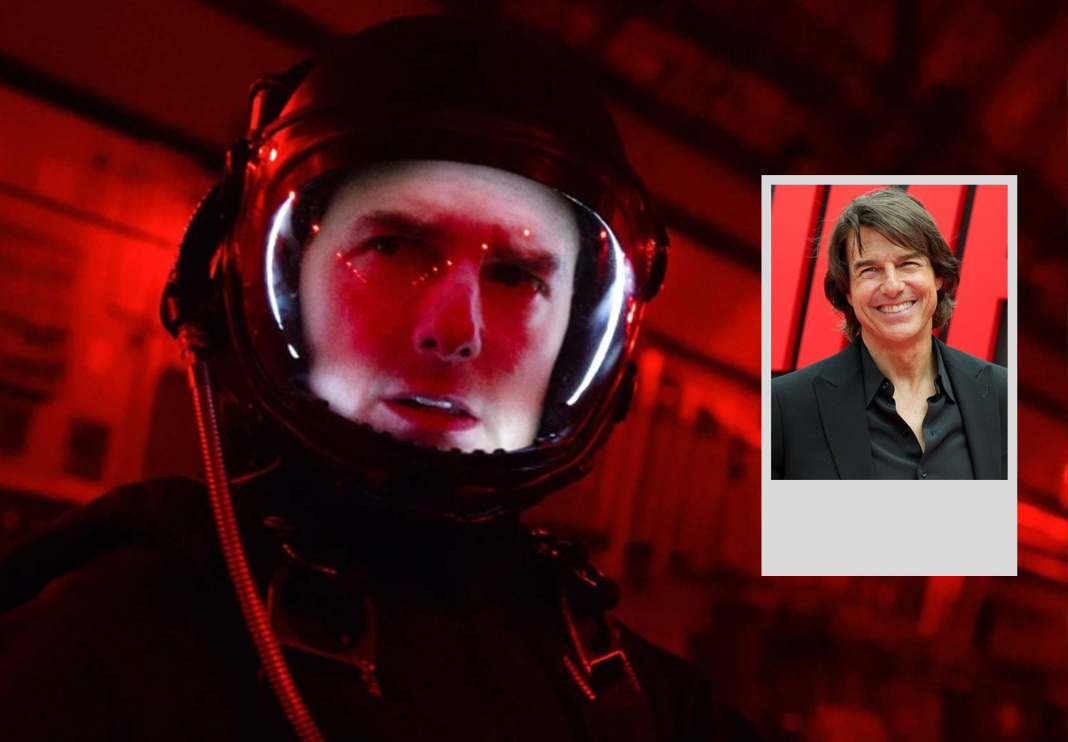Tom Cruise is one of Hollywood’s most enduring action stars, known for his fearless stunts and relentless drive to maintain his superstar status. But behind the scenes, his career evolution over the past decade has been shaped profoundly by his partnership with director and writer Christopher McQuarrie. This alliance has become a creative powerhouse that goes beyond the typical actor-director relationship. McQuarrie has not only directed Cruise in multiple Mission: Impossible sequels but has also helped steer his career through rocky waters — from the public fallout of his personal controversies to the reinvention of Cruise as a stunt-driven, enigmatic action hero. Together, they’ve crafted some of the most thrilling action films of the last decade while navigating the complexities of celebrity, control, and creative collaboration in modern Hollywood.
From crisis to collaboration: How McQuarrie became Cruise’s right hand
In the mid-2000s, Tom Cruise’s career faced challenges both on and off-screen. The promotion period for War of the Worlds (2005) saw Cruise’s behavior scrutinized amid growing concerns about his personal life, particularly his ties to Scientology. This period marked a shift as Cruise sought greater creative control to preserve his image and longevity in the film industry. He parted ways with longtime producing partner Paula Wagner and took a more hands-on approach to his projects — though this came with a dip into less critically acclaimed films such as Knight and Day and Rock of Ages.
It was around this time that Christopher McQuarrie entered Cruise’s orbit. McQuarrie had previously collaborated with director Bryan Singer on Valkyrie (2008), a film Cruise starred in and one of the last projects before McQuarrie became the cornerstone of Cruise’s creative team. McQuarrie’s role quickly expanded from screenwriter to director, producer, and trusted collaborator — a true right-hand man who could match Cruise’s ambition while helping steer the direction of his films.
McQuarrie’s ability to handle complex productions, sometimes involving Cruise performing extreme stunts (like piloting helicopters), proved invaluable. Cruise’s daredevil persona on screen required a stabilizing presence behind the camera, and McQuarrie filled that role perfectly, becoming indispensable as Cruise’s filmmaking partner.
Redefining the star: Cruise’s evolving screen persona under McQuarrie’s direction
Tom Cruise’s collaboration with McQuarrie marks a fascinating evolution in his screen presence. Early in their partnership, Cruise flirted with self-parody in films like Tropic Thunder and Knight and Day, where he played exaggerated versions of his public persona. However, these efforts often felt strained, as Cruise seemed more comfortable when his intensity was part of the joke, as seen in classics like Jerry Maguire.
McQuarrie, initially known primarily as a screenwriter — with the Oscar-winning The Usual Suspects under his belt — took a more grounded, efficient directing approach when working with Cruise. His films like Jack Reacher (2012) reflected a deliberate effort to reshape Cruise’s on-screen image from the insouciant charm of the ‘90s to a more controlled, measured intensity. Jack Reacher emphasized ruthless efficiency, minimal dialogue, and realistic action, all tailored to Cruise’s physicality and strengths as a performer.
This approach continued in Edge of Tomorrow (2014), which McQuarrie co-wrote. The film showcased Cruise’s ability to be a believable romantic lead again, a rare feat in his recent career, while still embodying the disciplined warrior archetype that has become his hallmark. The subtlety of his character’s emotional journey alongside Emily Blunt’s Rita highlighted a new depth in Cruise’s performances — tempered, yet magnetic.
Mission: Impossible, the McQuarrie era
The defining chapter of Cruise and McQuarrie’s partnership is undeniably the Mission: Impossible franchise. McQuarrie joined the series with the fifth installment, Rogue Nation (2015), taking over a beloved franchise and injecting it with his distinct style — a muscle-car version of Hitchcockian suspense mixed with brutal, kinetic action sequences.
Unlike earlier Mission films helmed by directors like Brian De Palma or John Woo, McQuarrie’s take felt both fresh and intimate, balancing high-stakes espionage with grounded character moments. His visual style emphasized shadows, tight choreography, and an ever-present sense of real danger, perfectly complementing Cruise’s commitment to performing his own stunts.
The collaboration only deepened with subsequent installments — Fallout, Dead Reckoning, and The Final Reckoning — each exploring different tonal and visual territories. From the playful energy of Dead Reckoning to the apocalyptic weight of Final Reckoning, McQuarrie continually adapted the franchise to keep it engaging. However, the stories sometimes loop back into familiar territory, with complex plots and a growing mythology around Ethan Hunt’s near-mythical survival and mission.
Interestingly, McQuarrie’s approach to character dynamics also evolved. Female characters in the series gained more nuanced portrayals, reflecting a shift in how Cruise’s relationships are depicted on screen — less overt male gaze, more layered human connections, particularly with Rebecca Ferguson’s Ilsa Faust and Hayley Atwell’s Grace.
A symbiotic creative relationship
Tom Cruise’s partnership with Christopher McQuarrie highlights a rare example of star and director becoming inseparable collaborators. McQuarrie brings a grounded, efficient filmmaking style that balances Cruise’s larger-than-life persona with credible, humanizing moments. Meanwhile, Cruise’s drive and willingness to perform death-defying stunts have elevated McQuarrie’s projects into major box office and cultural phenomena.
While some critics might see McQuarrie as subsumed by Cruise’s star power, their collaboration has undeniably revitalized both careers. McQuarrie’s earlier works hinted at a talented filmmaker still finding his footing, but under Cruise’s influence, he has become a defining director in contemporary action cinema.
Together, they’ve transformed the Mission: Impossible series into a modern action juggernaut and crafted characters that feel both mythic and relatable. Their partnership serves as a testament to how mutual trust, creative compromise, and a shared vision can sustain and evolve Hollywood careers even amidst changing times and challenges.



